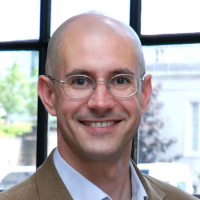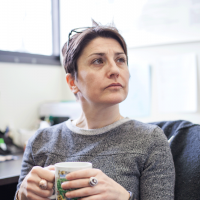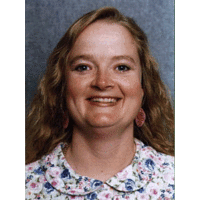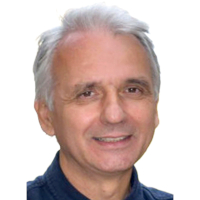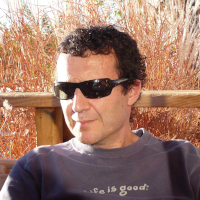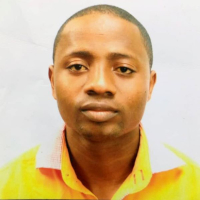Stephen Coombes (University of Nottingham, Applied Mathematics)
ZoomUnderstanding the effect of white matter delays on large scale brain dynamics The presence of myelin is a powerful structural factor that controls the conduction velocity of mammalian axons. It is the combination of local synaptic activity and non-local delayed axonal interactions within the cortex that is believed to be the major source of large-scale …
